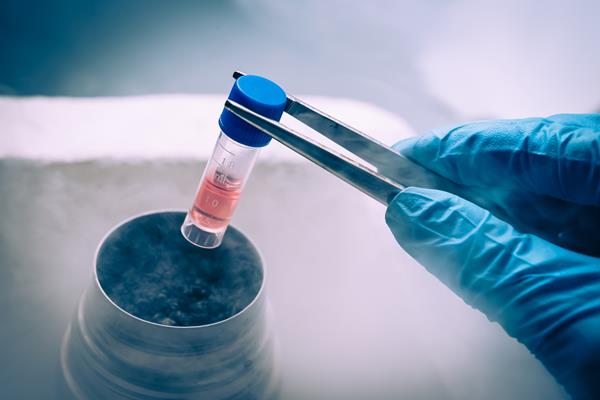Prestigious grant for research on stem cell-mediated tissue regeneration
The research project VISION was awarded a prestigious TOP grant by the Netherlands Organisation for Health Research and Development (ZonMw) worth 675,000 euros to examine the fundamental mechanisms behind stem cell transplantation and tissue regeneration. As part of the study, cornea stem cells were transplanted in a damaged eye, after which nanoparticles and imaging techniques were used to track the repair process.
Stem cells offer the unique possibility to repair or replace damaged tissue and organs in the human body. This gives hope to patients with chronic illnesses and degenerative conditions. However, the success of stem cell therapies is plagued by a lack of knowledge on how stem cells guide regenerative processes and a lack of reliable research methods for determining this capability.
Model
The main question is whether the transplanted stem cells are responsible for regeneration, or whether they activate stem cells that are naturally produced by the body and are already present in the damaged tissue. According to the researchers, the human eye is an excellent model for answering this question. The eye is the only organ for which a cellular regenerative therapy is available and contains all the important cell types that are present in the human body. This ensures that knowledge acquired during the project can be translated into more general concepts involving tissue regeneration and other organs.
Nanotechnology and imaging
The researchers are going to use nanoparticles to label stem cells, enabling these to be visualised with the aid of various imaging techniques. This will help them observe the behaviour of transplanted stem cells at different levels. The knowledge gained will initially be used to improve the current stem cell therapy for corneal repair, but is also certain to contribute to the development of new treatment methods for eye damage. This knowledge can also be applied to other organs, enabling imaging methods to be developed for labelling other stem cell types.
The VISION project is a collaboration between the MERLN Institute for Technology-Inspired Regenerative Medicine (Maastricht University), the University Eye Clinic Maastricht (MUMC+) and the Veneto Eye Bank Foundation (FBVO Italy). The team – led by Professor Clemens van Blitterswijk and Dr Sabine van Rijt (MERLN), with members Professor Rudy Nuijts, Dr Mor Dickman (MUMC+) and Dr Stefano Ferrari (FBVO) – will receive €675,000 for their research. VISION unravels the mysteries of stem cell-mediated tissue regeneration using nanotechnology and imaging techniques.

This press release has been issued by the Maastricht University Medical Centre (MUMC+)
For more information you can contact the Communication department of the MUMC+.